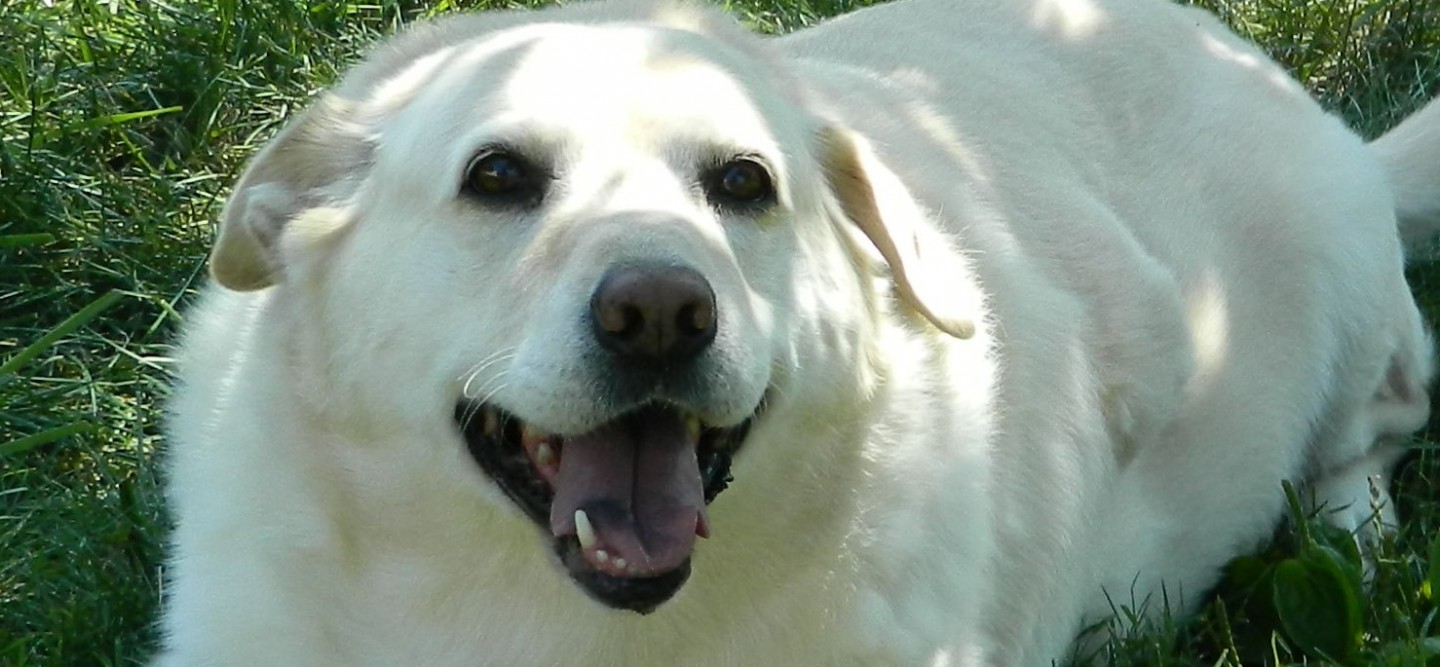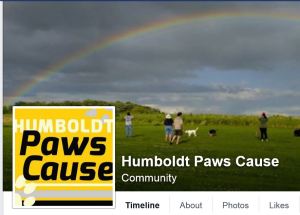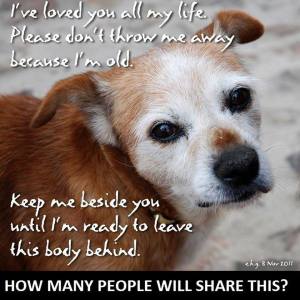What Defines an Influencer for Your Animal Rescue? Context, Reach, and Actionability. Here is an article on those concepts The Definitive Guide to Influencer Targeting
Let me explain this in the language of Pet Rescue world. An influencer is someone who can talk about a Pet Rescue, any Pet Rescue, to their social media friends and make an impression. This impression is strong enough for those friends to do something. And the friends are large enough in number to matter. This could mean donation dollars increase substantially, or adoption numbers triple, or volunteer hours are always staffed, or petitions are always signed.
Now don’t you want to find these people? Here’s how:
Make a list of all of the rescue organizations in your area. Remember these are your competitors for funding and available foster families as well as forever homes for animals in your rescue.
You want to start building a stealthy looking database. So think of building worksheets. Here is what a typical worksheet should look like:
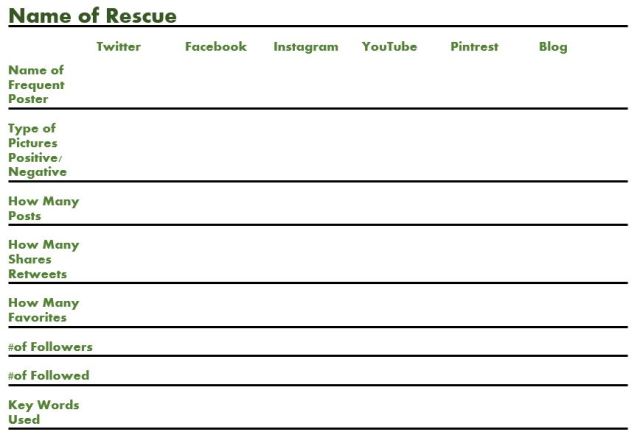
My guess is you just became overwhelmed. And you’re right… this spy work is not for the faint of heart. It is time consuming. You are starting at the main rescue page and following frequent posters back to their pages.
So why do you want to do this?
These people are powerful players in your Animal Rescue community. They have people. People have money, homes or time. They go to events. They sign petitions. They get people to do things that they normally would not do on their own.
Why does this matter for funding an Animal Rescue?
Not everything can funded through grants. Sometimes you have to collect money directly from people. When you are in a situation that requires fast action, it is good to have this leg work done. You need to have your local movers and shakers ready to run circles in their social circles for your cause. Once you find these Animal Rescue Influencers, start posting on their Social Media pages. Get to know them virtually. Make positive posts to what they are saying, don’t try to “selling them your cause” right off the bat. This is a long term courtship. Use the information from your worksheets to build a strategy to capture their attention.
Now when you have conquered your local social media network and you are ready to cast a wider net, here is a way to find a Social Media Celebrity to champion your Animal Rescue. Take a look at this handy article for ideas. Influencer Marketing
Here is how one system that could help you find donations in a pinch. Go to hashtagify.me and search for hashtags related to certain causes close to your heart. Look for the top influencers for that hashtag. Here is an example. These are the 6 top posters to the hashtag AnimalRescues. 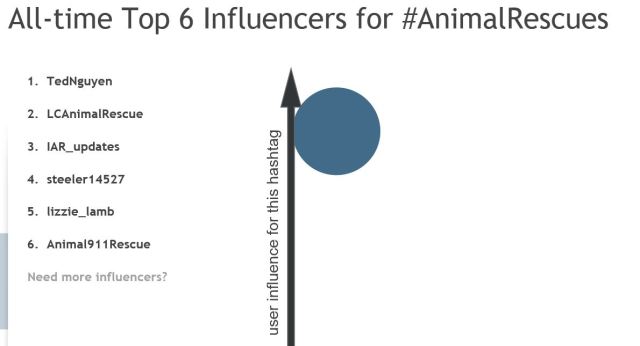 In doing so you just found people who you might post to that might respond to a funding request. Make posts to them, be the virtual friend, What do you have to lose?
In doing so you just found people who you might post to that might respond to a funding request. Make posts to them, be the virtual friend, What do you have to lose?
You can also use the Geographical Facebook searches using the resources from the Can Animal Rescues Use a Social Media Strategy Effectively? to find people with similar interests to make your appeals to as well.
